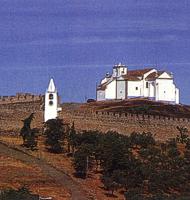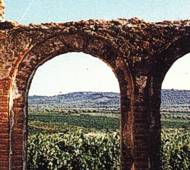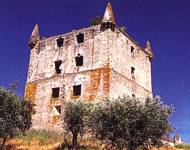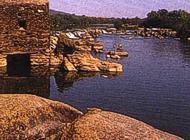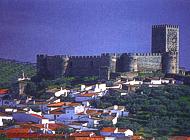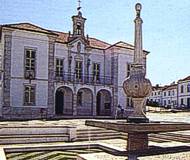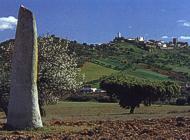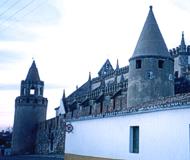|
Évora |
| Portugal > Tourism > Alentejo > Évora - Municipality | |
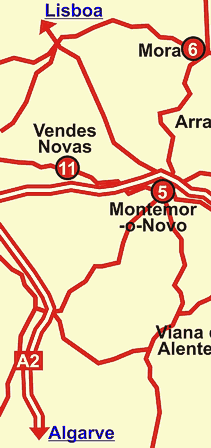 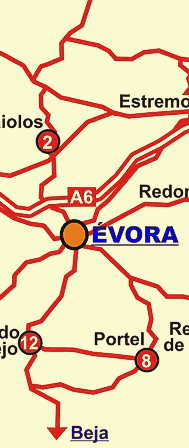 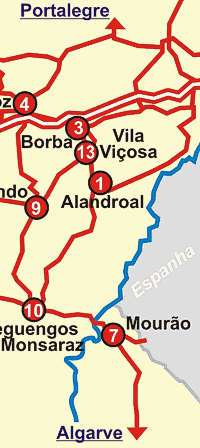 |
|
|
|
|
|
|
||
Few Portuguesetowns have been the setting for as many dramatic moments of our national history as Estremoz. Kings and Queens have lived and died here. King Pedro I died in the convent of São Francisco to which he bequeathed his tortured heart. Queen Isabel of Aragon, who came here to visit King Dinis, also ended up staying. Many and various were the religious and military architectural styles, the latter justified by the strategic importance Estremoz always enjoyed in wars against Spain: it was the military headquarters of Nuno Álvares during the wars of Independence and later became the center of the struggle in the war to restore Portugal's throne. |
|
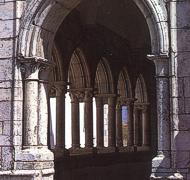 |
Above the town looms the Castle. Various people such as warriors, Moorish Kings and Christian Knights have passed through here and organised the royal courts which eventually decided on the voyages of discovery to India. Therefore, we can also consider it the castle which witnessed the birth of the great Portuguese dream of adventure. From the castle walls we may walk down towards the great undulating plains, past the Convent of São Domingos, with its Archaeological Museum, the Alms house (Misericórdia), the Parish, Church and the crypt of the patron saint, São João de Deus (St. John of God) as he is known all over the world but who was born right here. |
|
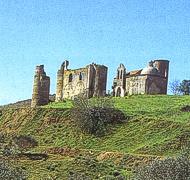 |
|
|
|
|
|
|
||
|
|
|
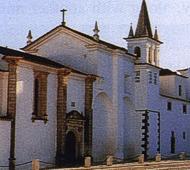 |
|
|
| Portugal > Tourism > Alentejo > Évora - Municipality | |
|
Municipality |


